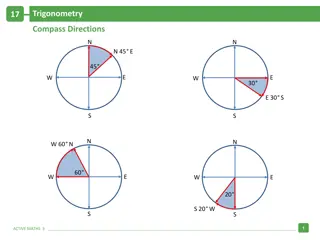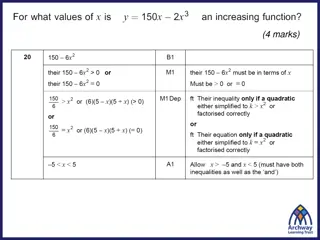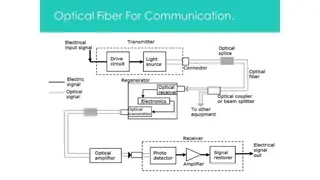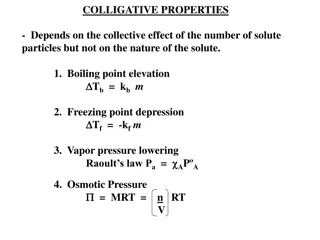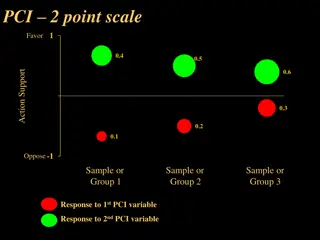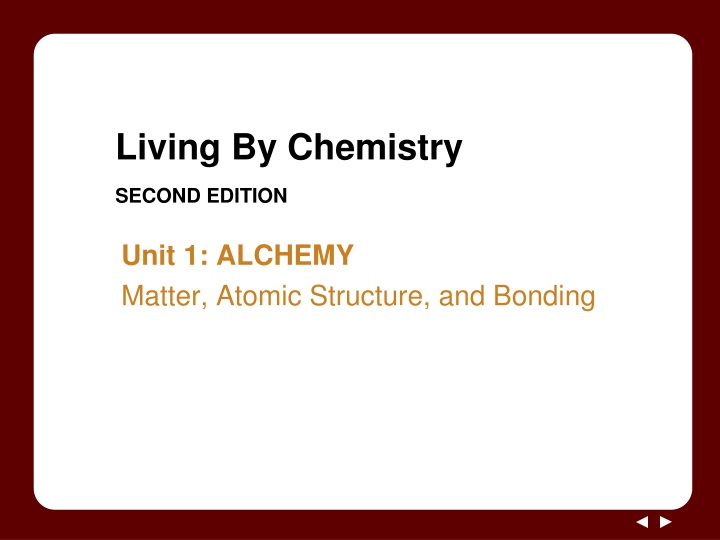
Chemical Bonds and Atomic Structure
Discover the fundamentals of chemical bonding and atomic structure in this educational material. Learn about the different types of chemical bonds and their impact on the properties of substances. Dive into topics such as ionic bonding, covalent bonding, and metallic bonding to enhance your knowledge of chemistry.
Download Presentation

Please find below an Image/Link to download the presentation.
The content on the website is provided AS IS for your information and personal use only. It may not be sold, licensed, or shared on other websites without obtaining consent from the author. If you encounter any issues during the download, it is possible that the publisher has removed the file from their server.
You are allowed to download the files provided on this website for personal or commercial use, subject to the condition that they are used lawfully. All files are the property of their respective owners.
The content on the website is provided AS IS for your information and personal use only. It may not be sold, licensed, or shared on other websites without obtaining consent from the author.
E N D
Presentation Transcript
Living By Chemistry SECOND EDITION Unit 1: ALCHEMY Matter, Atomic Structure, and Bonding
Lesson 26: Electron Glue Bonding
ChemCatalyst A gold ring is made up of individual gold atoms. 1. What keeps the atoms together? Why don t they break apart from one another? 2. What parts of the atom do you think are responsible for keeping the atoms together in a solid?
Key Question How are atoms connected to one another?
You will be able to: define a chemical bond and describe the four basic types of chemical bonds use chemical formulas to sort substances into bonding categories predict the properties of a substance based on its chemical formula and bonding type
Prepare for the Activity Work in pairs. Chemical bond: An attraction between atoms that holds them together in space.
Prepare for the Activity (cont.) Four Models of Bonding
Discussion Notes The different locations of the electrons among atoms account for many different properties of substances.
Discussion Notes (cont.) Ionic bonding: A type of chemical bonding that is the result of transfer of electrons from one atom to another. Covalent bonding: A type of chemical bonding in which one or more pairs of valence electrons are shared between the atoms. Covalent bonding can be molecular covalent or network covalent.
Discussion Notes (cont.) Metallic bond: A bond between metal atoms in which the valence electrons are free to move throughout the substance. Molecule: A group of atoms covalently bonded together.
Discussion Notes (cont.) The chart created in the previous lesson can now be labeled with the four types of bonds.
Discussion Notes (cont.) Bonding also relates to the type of atom in the substance metal or nonmetal. Nonmetal atoms Metal and nonmetal atoms Metal atoms Network Molecular covalent covalent Ionic Metallic
Wrap Up How are atoms connected to one another? A chemical bond is an attraction between atoms involving valence electrons. There are four types of bonds: ionic, network covalent, molecular covalent, and metallic. Valence electrons are distributed differently depending on the type of bond.
Check-In Imagine that you have a mystery substance that does not dissolve in water and does conduct electricity. 1. What type of bonding will you probably find in your substance? Explain. 2. List one other property of your mystery substance.






